Platinum Access Systems ACTP715 User manual
Other Platinum Access Systems Gate Opener manuals
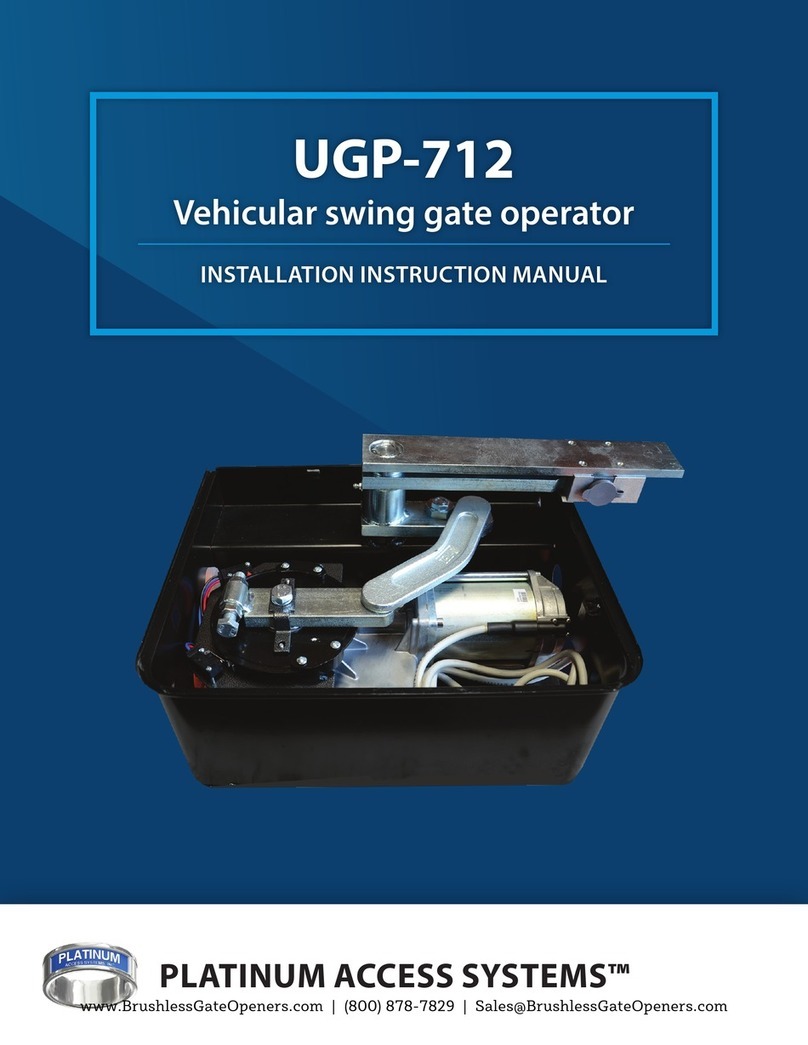
Platinum Access Systems
Platinum Access Systems UGP-712 Service manual
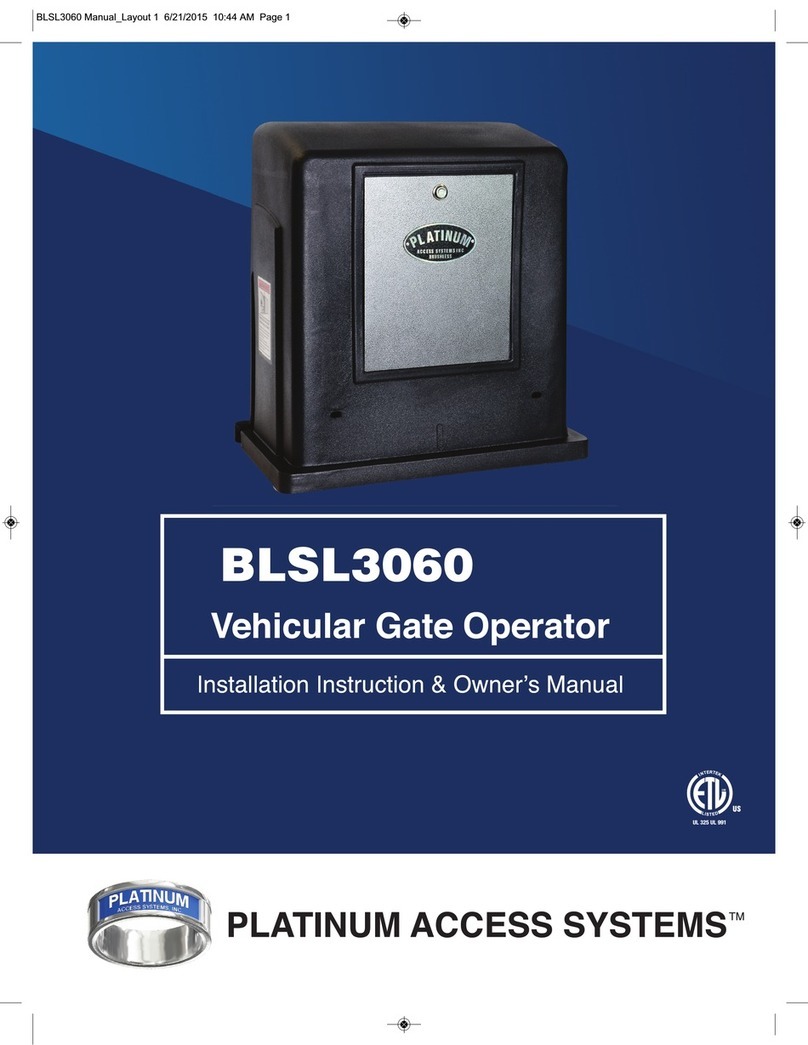
Platinum Access Systems
Platinum Access Systems BLSL3060 Quick start guide
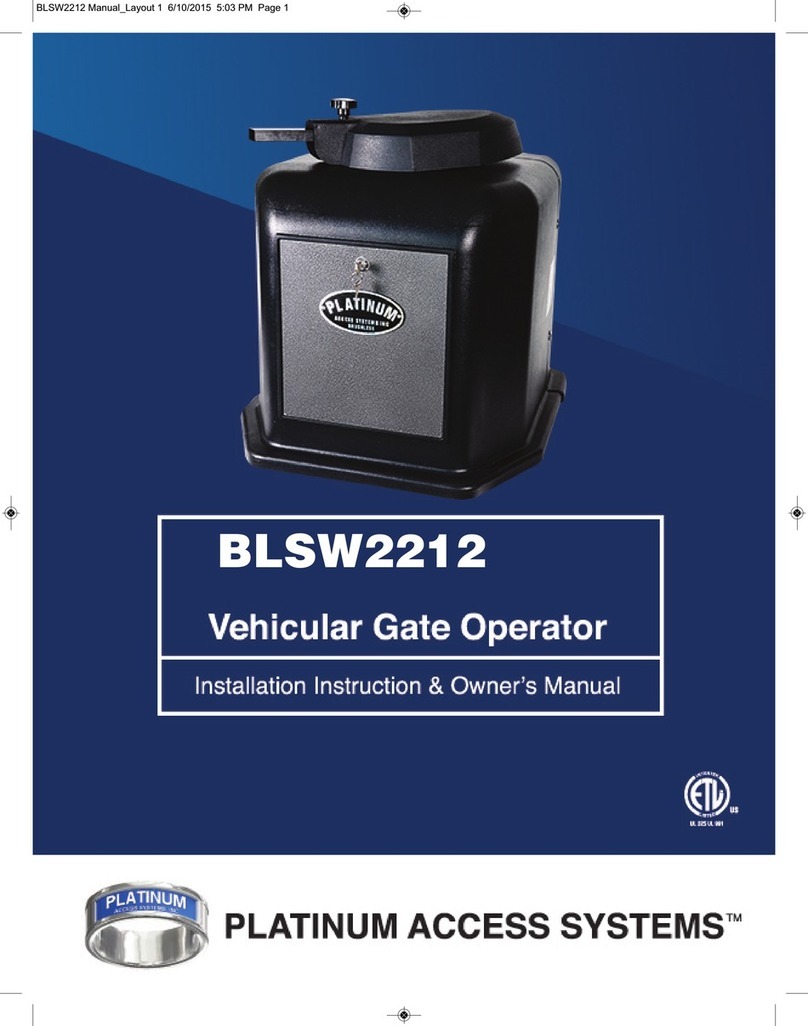
Platinum Access Systems
Platinum Access Systems BLSW2212-B Service manual
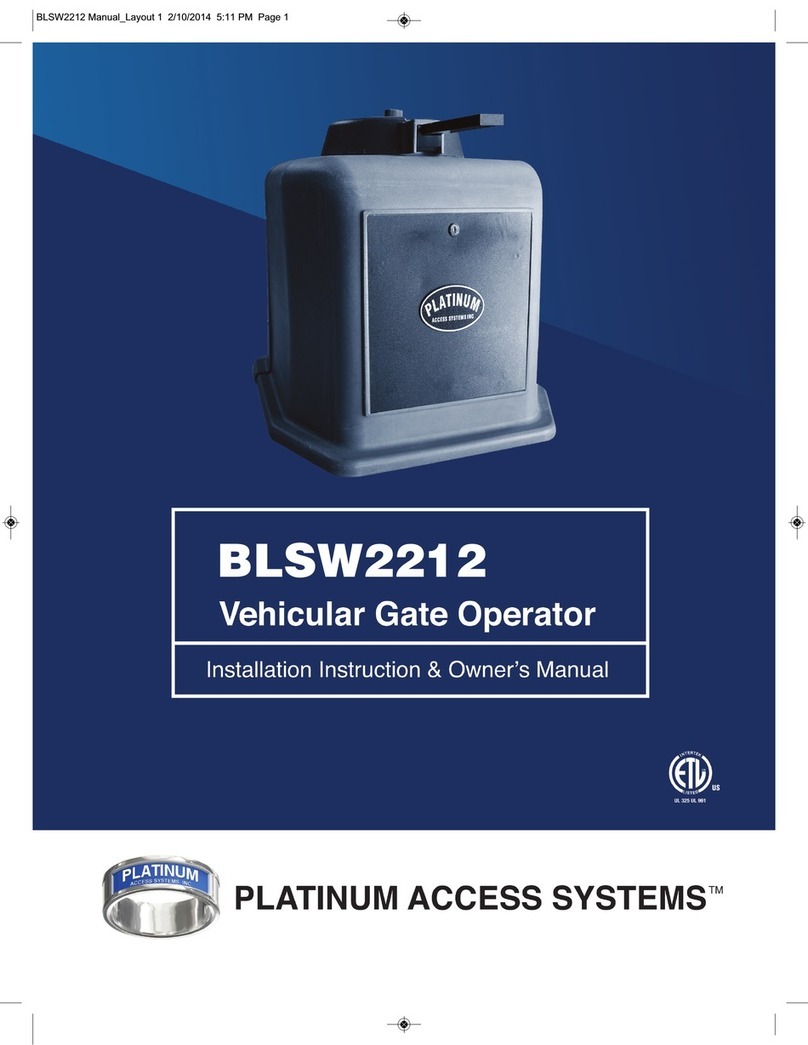
Platinum Access Systems
Platinum Access Systems BLSW2212 User manual
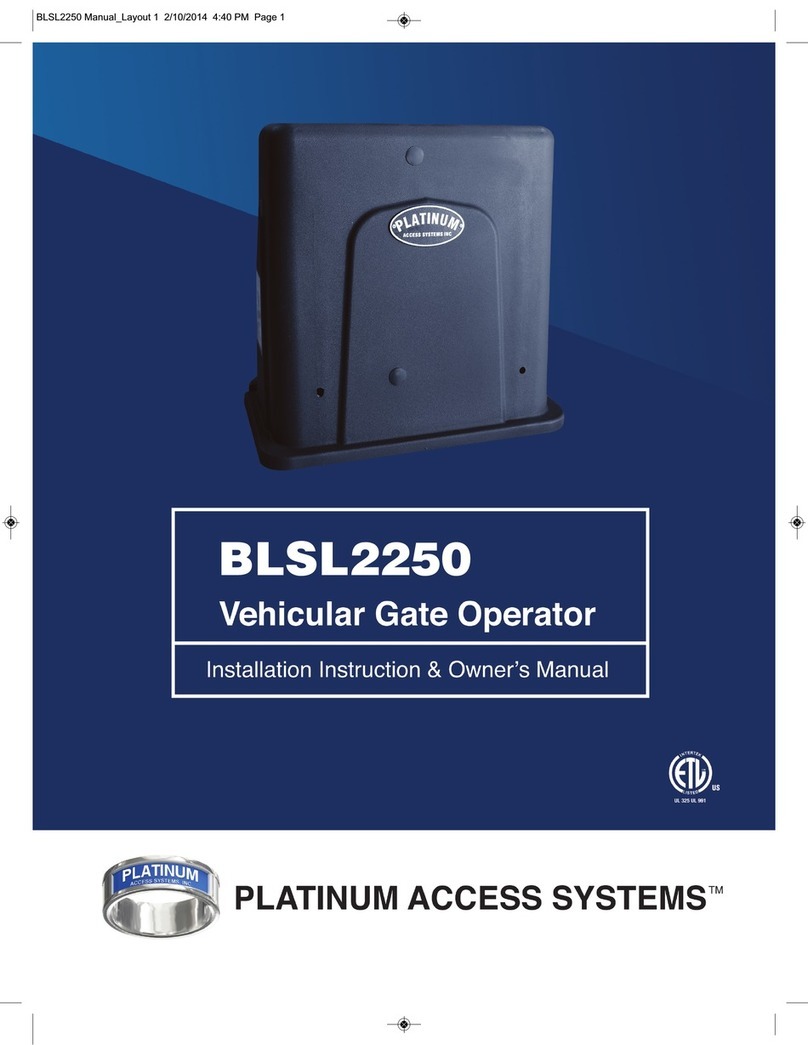
Platinum Access Systems
Platinum Access Systems BLSL2250 Service manual

Platinum Access Systems
Platinum Access Systems BARRIER Service manual
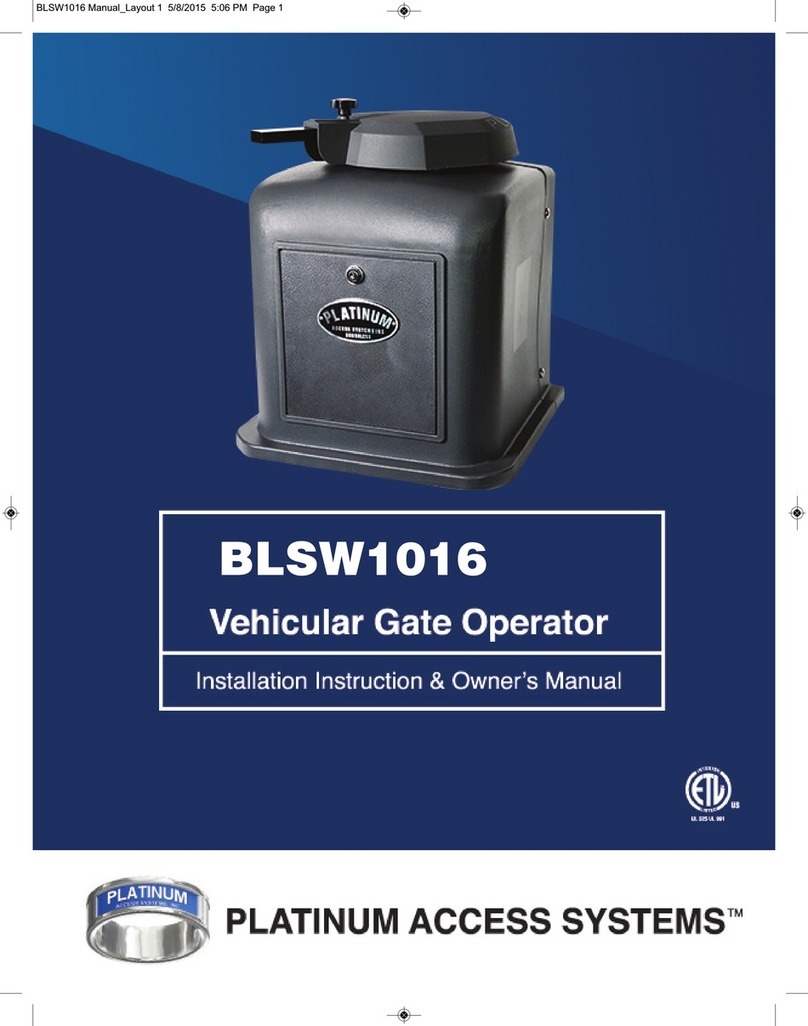
Platinum Access Systems
Platinum Access Systems BLSW1016-B Service manual
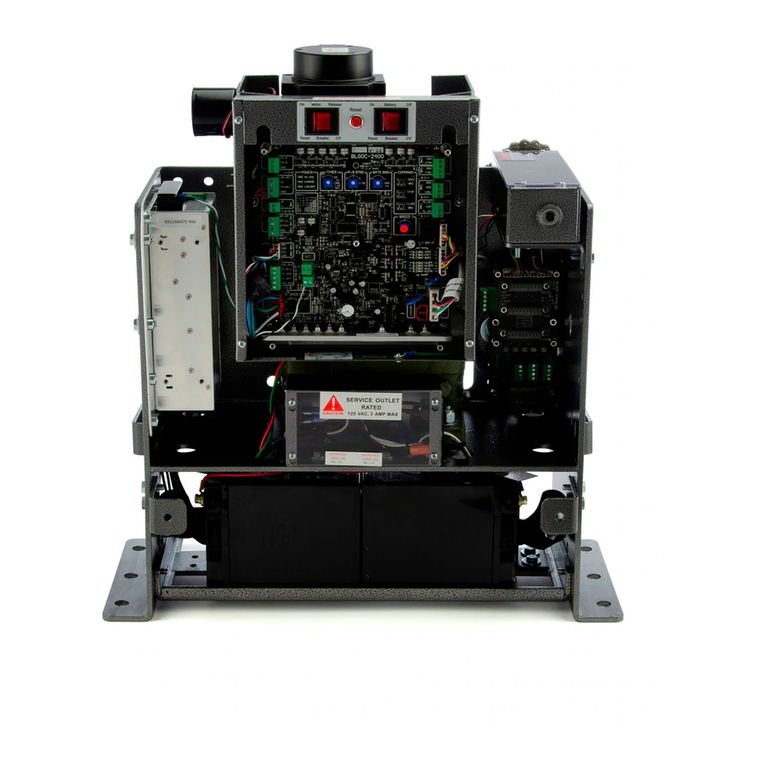
Platinum Access Systems
Platinum Access Systems BLSL3060 Service manual

Platinum Access Systems
Platinum Access Systems BLSW1016 User manual
Popular Gate Opener manuals by other brands

Nortek Security & Control
Nortek Security & Control Mighty Mule HD272 installation manual

tousek
tousek TURN 10 Installation and operating instructions

SOMFY
SOMFY AXOVIA 220B RTS installation instructions

Nice HySecurity
Nice HySecurity CBOX1050 Installation and programming manual

CAME
CAME FROG-PM4 installation manual

Aprimatic
Aprimatic ONDA 500 installation instructions





















